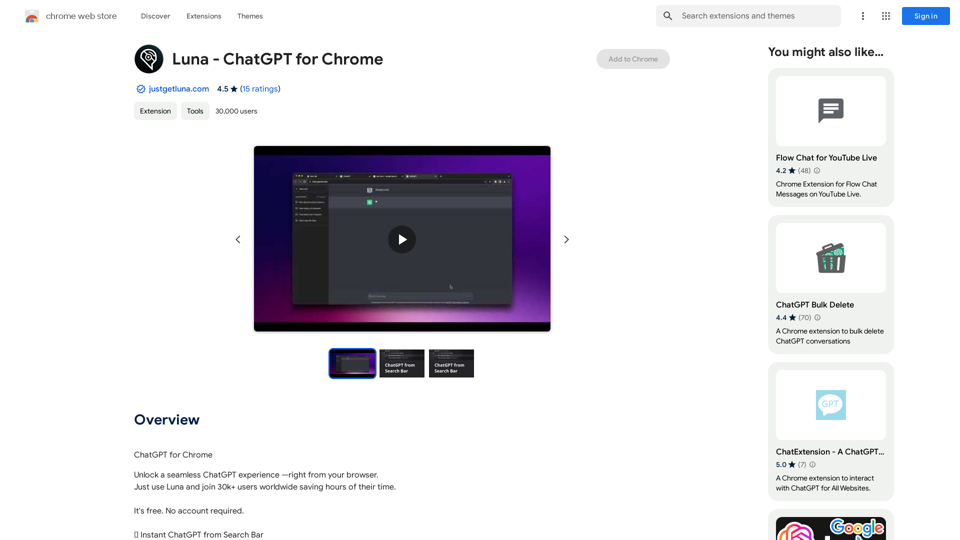TransformFace is an innovative online face swap tool that utilizes advanced AI technology to allow users to easily swap their faces onto various templates. This user-friendly platform offers creative expression opportunities, visual effects, and potential applications in scientific and medical fields. Powered by the latest developments in computer vision and deep learning, TransformFace provides a robust solution for face swapping needs.
TransformFace Swap with AI. Click to add your photo/face. or in a more natural English tone: Transform Your Face Swap with AI. Click to Upload Your Photo!
Upload your face or photo and swap faces with TransformFace. Free Download Image. TransformFace
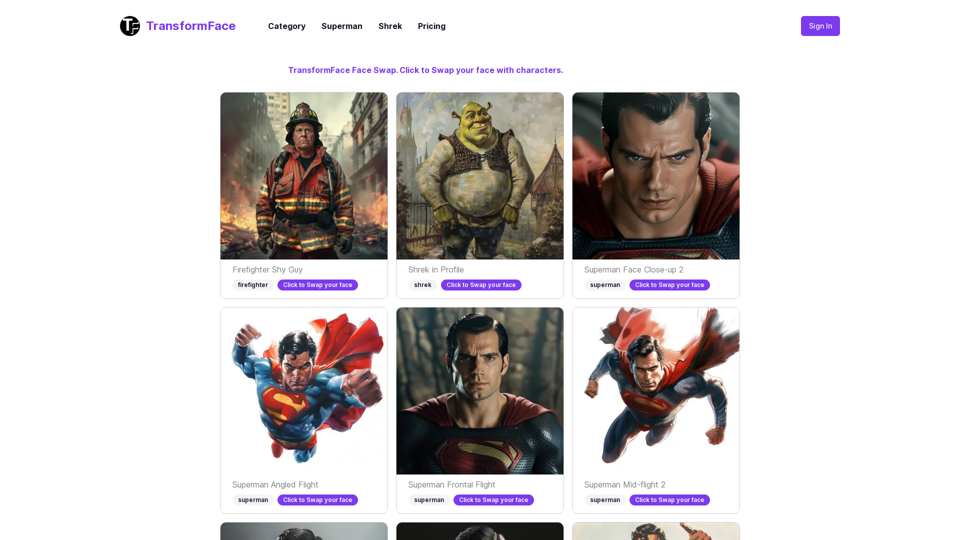
Introduction
Feature
Easy-to-Use Interface
TransformFace offers a simple, step-by-step process for face swapping:
- Select a template or target image
- Upload your photo
- Click the Start button
- Download or generate another swapped image
Wide Range of Templates
Users can choose from a variety of templates, including:
- Superheroes
- Professionals
- And many more
Credit System
| Feature | Details |
|---|---|
| Free Credits | 3 for new users |
| Cost per Swap | 1 credit |
| Failed Swaps | No charge |
| Downloads | Free |
Mobile-Friendly
The tool is accessible from any device with a web browser, making it convenient for users on-the-go.
Quick Processing
Face swaps are typically completed in under 1 minute, with processing times varying based on server load and internet connection.
Supported File Formats
TransformFace currently accepts JPG and PNG image formats for uploading.
FAQ
What file formats can I upload for the face swap?
TransformFace currently supports JPG and PNG image formats.
Can I swap multiple faces in one image?
No, the face swap tool can only process one face per image. If your uploaded image has multiple faces, one will be selected randomly.
How long does the face swap process take?
The face swap is usually completed in under 1 minute, but processing times may vary depending on server load and your internet connection speed.
Can I use the face swap tool on my mobile device?
Yes, the TransformFace tool is mobile-friendly and can be accessed from any device with a web browser.
Do you offer any advanced editing tools?
Currently, the face swap is the primary feature. TransformFace does not have integrated editing tools, but users can download the result and use their preferred photo editing software for further modifications.
Latest Traffic Insights
Monthly Visits
0
Bounce Rate
0.00%
Pages Per Visit
0.00
Time on Site(s)
0.00
Global Rank
-
Country Rank
-
Recent Visits
Traffic Sources
- Social Media:0.00%
- Paid Referrals:0.00%
- Email:0.00%
- Referrals:0.00%
- Search Engines:0.00%
- Direct:0.00%
Related Websites
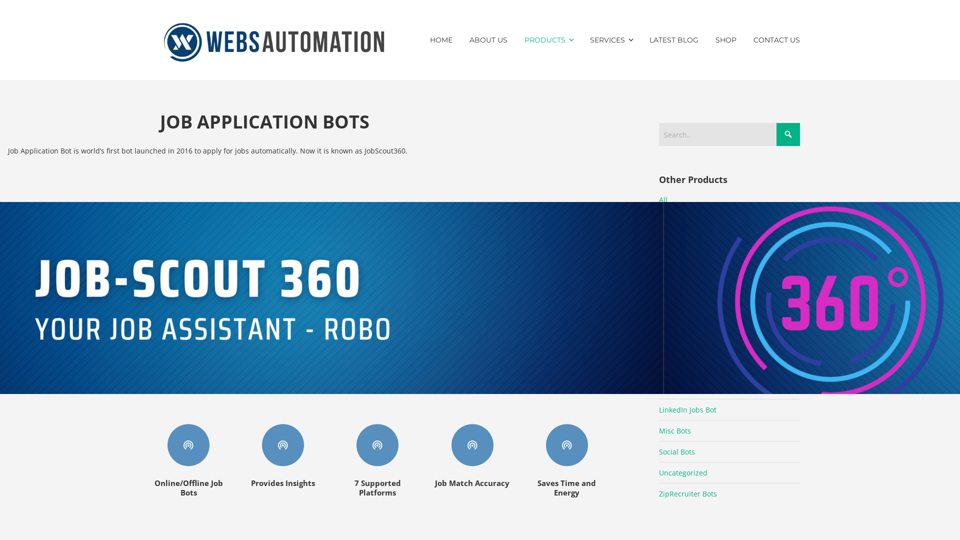
Best AI Job Application Bot 2024 | Webs-Automation This AI-powered job application bot is designed to simplify and streamline the job application process for both job seekers and employers. With its advanced automation capabilities, this bot can efficiently search for job openings, tailor resumes and cover letters, and even submit applications on behalf of the job seeker.
Best AI Job Application Bot 2024 | Webs-Automation This AI-powered job application bot is designed to simplify and streamline the job application process for both job seekers and employers. With its advanced automation capabilities, this bot can efficiently search for job openings, tailor resumes and cover letters, and even submit applications on behalf of the job seeker.Enhance Your Job Search with the Ultimate AI Job Application Bot! Simplify the Application Process and Boost Your Prospects with Our Top Job Application Bot.
2.69 K
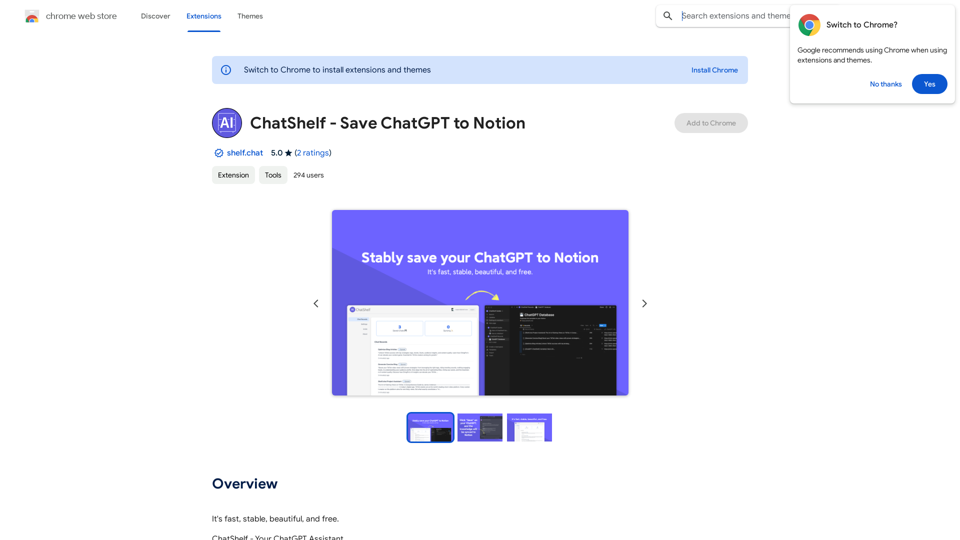
ChatShelf - Save ChatGPT to Notion ChatShelf is a tool that lets you save your ChatGPT conversations directly into Notion. It's a simple way to keep track of your AI interactions and use them later. Just copy the link to your ChatGPT conversation and paste it into ChatShelf. It will then extract the conversation and create a Notion page for you.
ChatShelf - Save ChatGPT to Notion ChatShelf is a tool that lets you save your ChatGPT conversations directly into Notion. It's a simple way to keep track of your AI interactions and use them later. Just copy the link to your ChatGPT conversation and paste it into ChatShelf. It will then extract the conversation and create a Notion page for you.It's fast, stable, beautiful, and free.
193.90 M
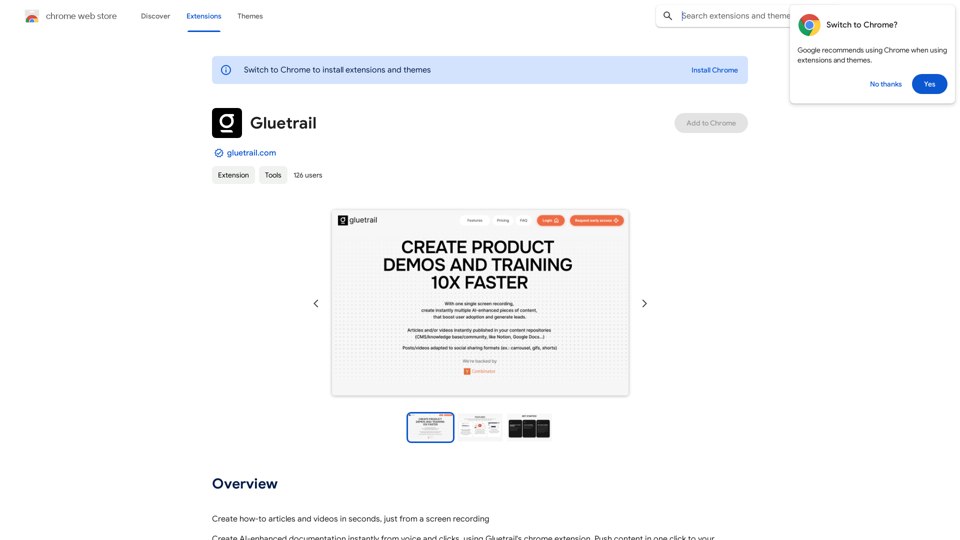
Turn Screen Recordings into How-To Content in Seconds! Tired of spending hours editing videos for tutorials? Introducing [Your Product Name]! Our revolutionary tool lets you instantly transform your screen recordings into professional-looking how-to articles and videos. Here's how it works: 1. Record your screen: Capture your steps clearly and concisely. 2. Upload to [Your Product Name]: Our AI does the heavy lifting. 3. Get your content: Choose from automatically generated articles or polished videos, ready to share! [Your Product Name] is perfect for: * Educators: Create engaging online lessons. * Businesses: Train employees efficiently. * YouTubers: Boost your content creation speed. Stop wasting time editing. Start creating with [Your Product Name]!
193.90 M
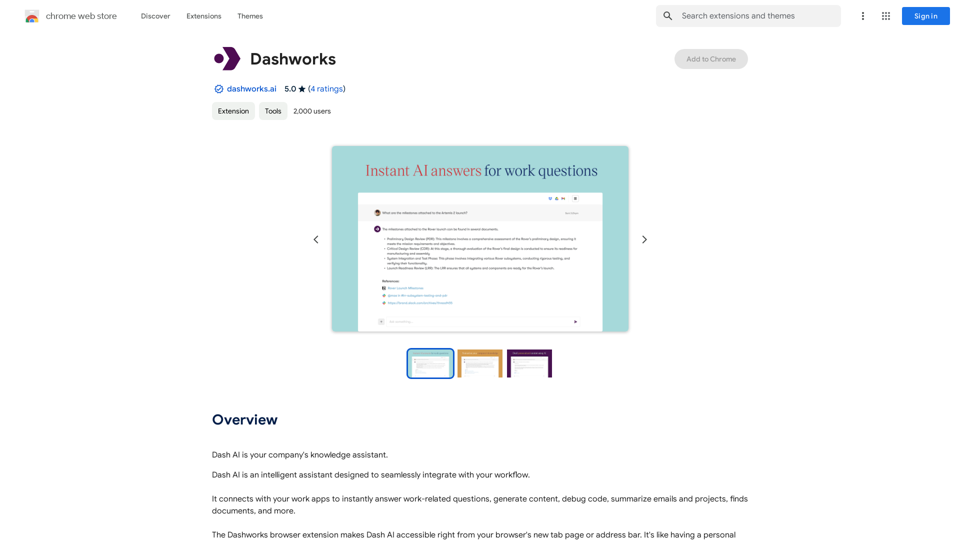
Dashworks Dashworks is a powerful and flexible IT transformation and cloud migration planning tool that helps organizations to assess, plan, and execute their IT transformation projects.
Dashworks Dashworks is a powerful and flexible IT transformation and cloud migration planning tool that helps organizations to assess, plan, and execute their IT transformation projects.Dash AI is your company's knowledge assistant.
193.90 M
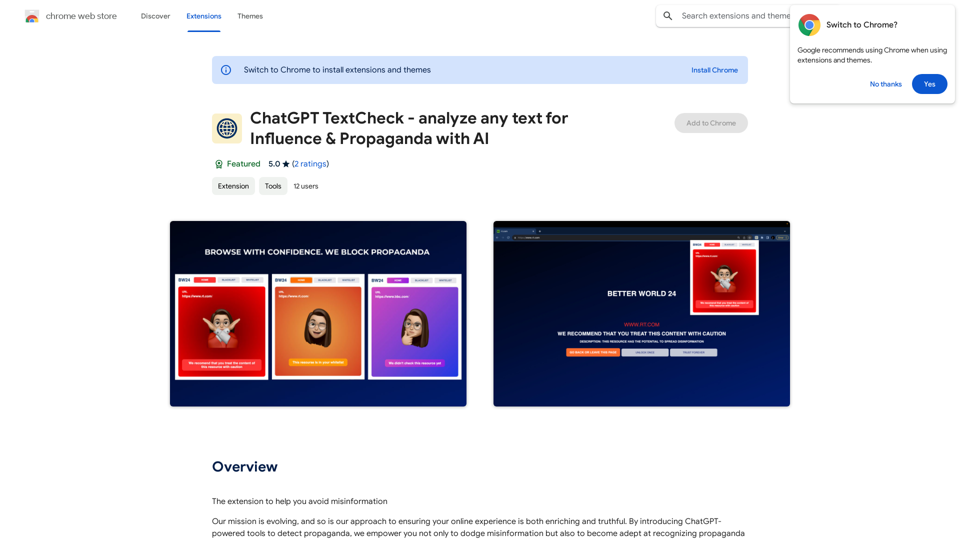
ChatGPT TextCheck - analyze any text for Influence & Propaganda with AI
ChatGPT TextCheck - analyze any text for Influence & Propaganda with AIAn extension to help you avoid misinformation
193.90 M


